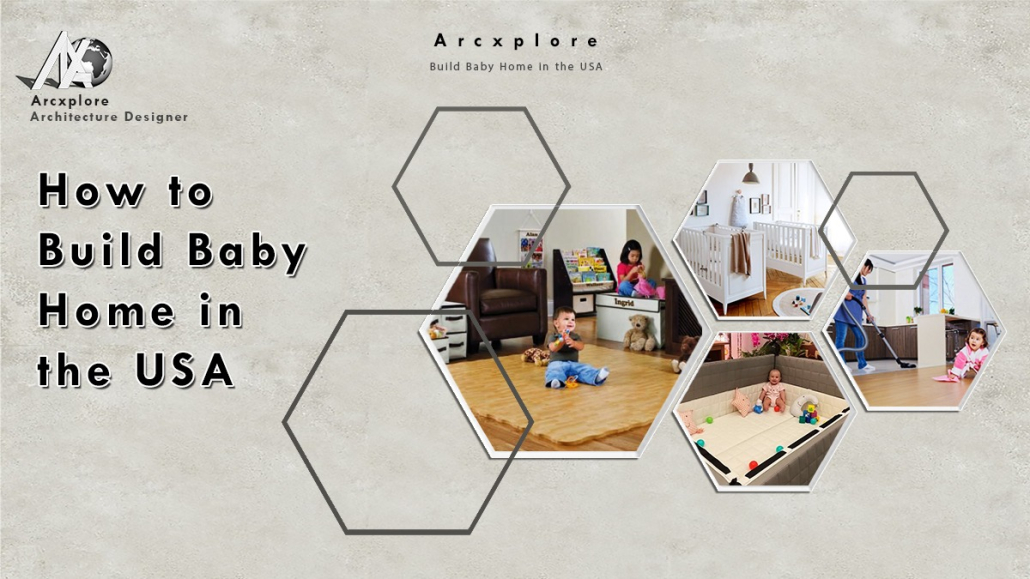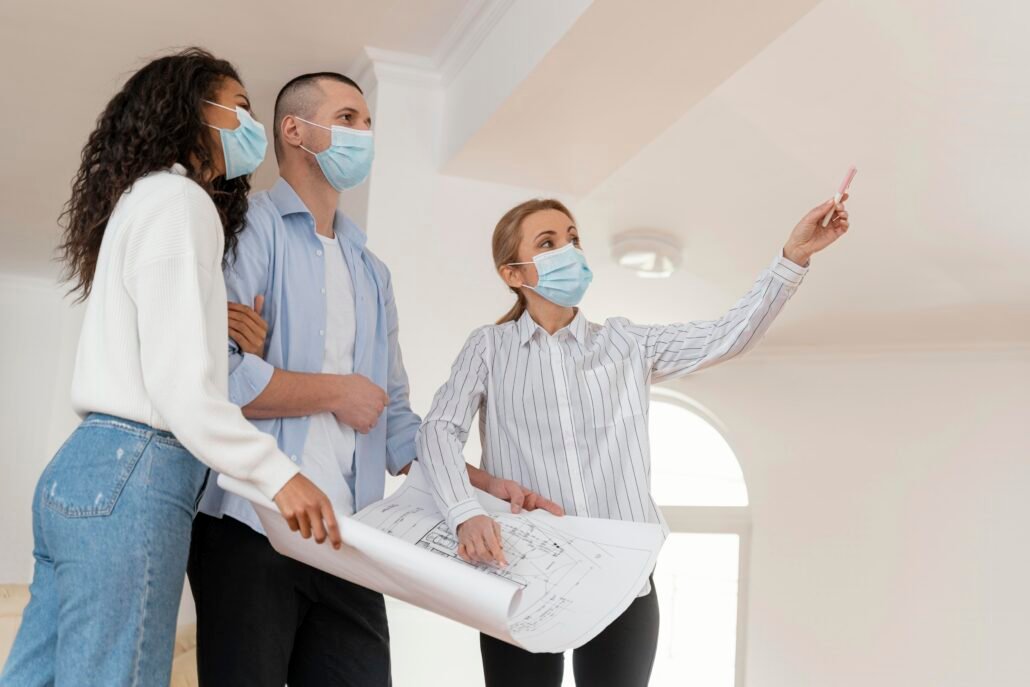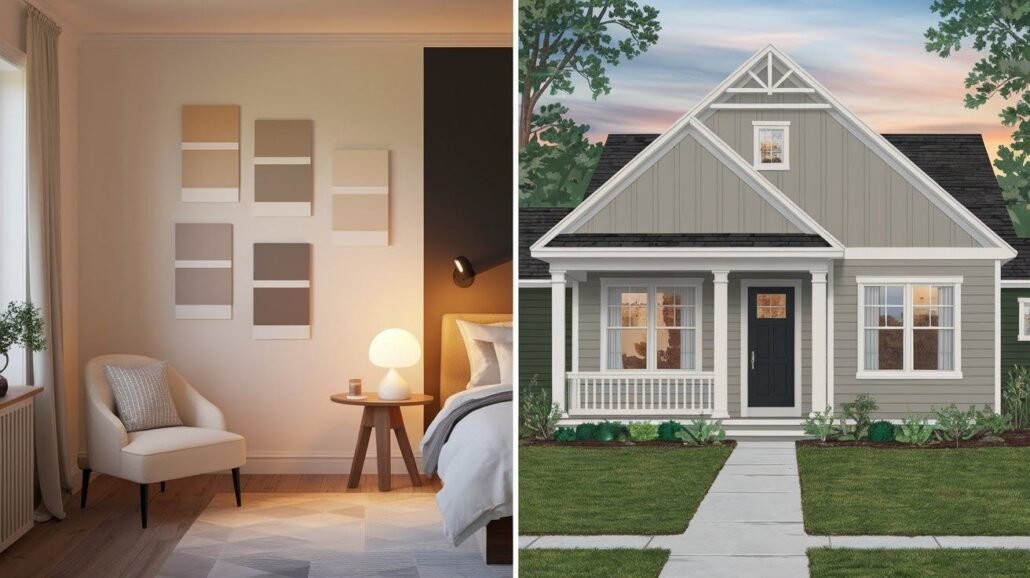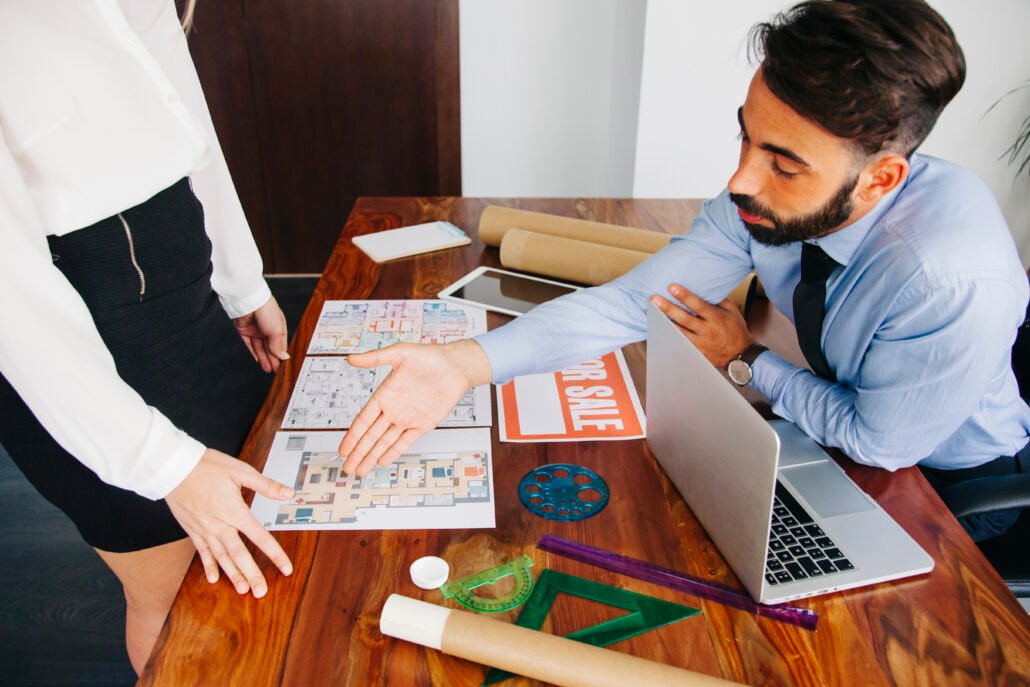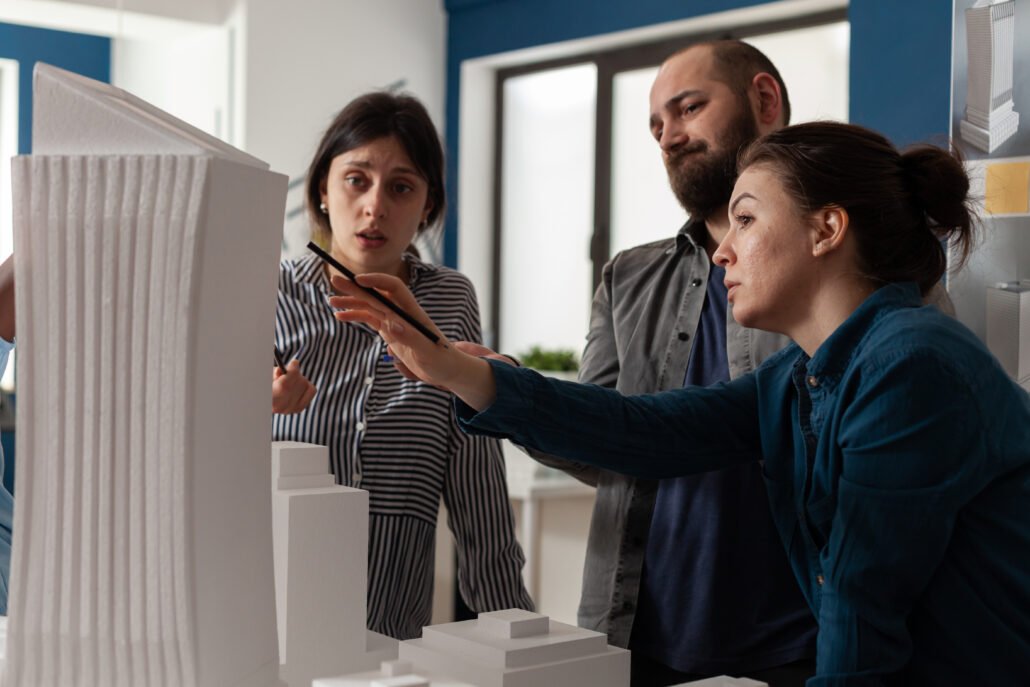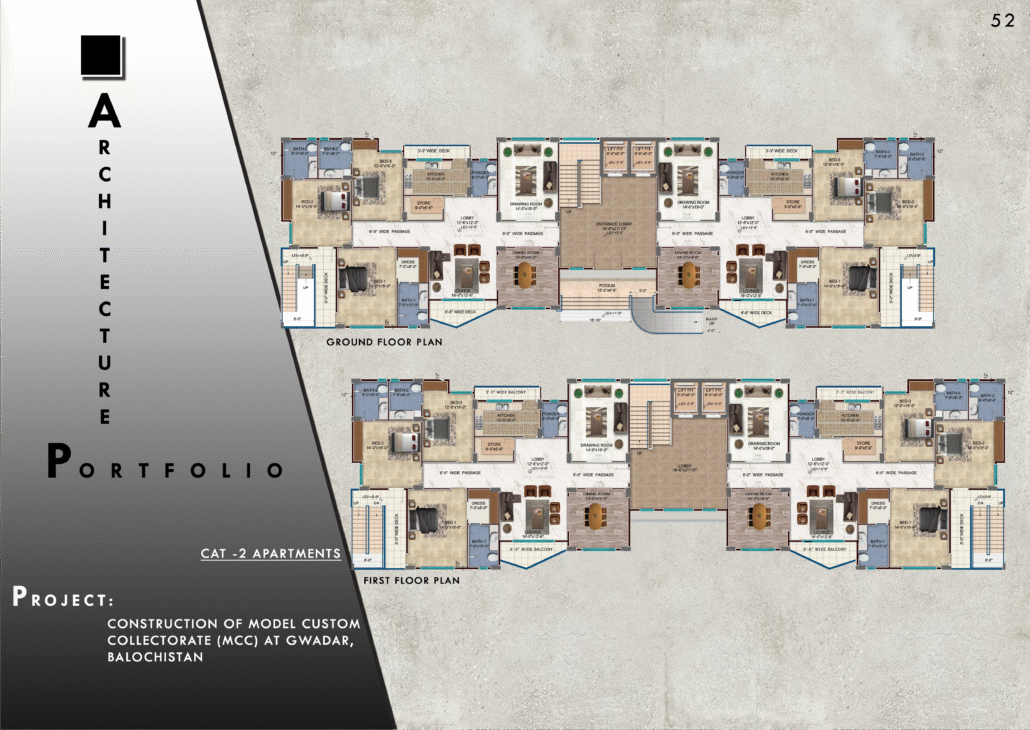How to Build Baby Home in USA
How to Build Baby Home in USA? Building a baby-friendly home in the USA involves creating a safe, comfortable, and nurturing environment for your child to grow and thrive. To ensure the well-being of your baby, you need to consider various factors, from safety measures to setting up a cozy nursery. In this guide, we will walk you through the steps of building a baby-friendly home in the USA.

Step 1: Safety First
Safety should be your top priority when designing a baby-friendly home. Here are some key safety considerations:
1) Childproofing:
Install safety gates at the top and bottom of stairs and block off any areas where the baby could get into trouble. Use outlet covers, cabinet locks, and door stoppers to keep curious little hands out of dangerous places.
2) Secure Furniture:
Anchor heavy furniture like bookshelves and dressers to the wall to prevent tip-overs. Use corner protectors on sharp furniture edges.
3) Window Coverings:
Install cordless window blinds or cord cleats to prevent strangulation hazards. Make sure blinds and drapes are out of the way.
4) Smoke and Carbon Monoxide Detectors:
Ensure that you have working smoke and carbon monoxide detectors on every floor of your home, especially in sleeping areas.
5) Child-Safe Flooring:
Choose baby-friendly flooring, such as carpet or area rugs, which can help cushion falls. Ensure there are no loose rugs or uneven flooring that could cause trips and falls.
6) Medications and Cleaning Supplies:
Keep all medicines and cleaning products out of reach and in locked cabinets.
7) Outlet Covers:
Cover all electrical outlets to prevent electrical accidents.
8) Stairs Safety:
If you have stairs, install a sturdy safety gate at both the top and bottom.
9) Secure Cords and Wires:
Keep electrical cords and wires away from the baby’s reach. Cord organizers can help keep these hazards in check.
Step 2: Creating a Nursery
The nursery is the baby’s sanctuary, so it’s essential to create a comfortable and soothing environment:
1) Crib Safety:
Invest in a safe crib that meets current safety standards. Ensure there are no loose bedding, pillows, or toys in the crib, as these can pose suffocation risks.
2) Changing Table:
Place a secure changing table with all essential supplies, like diapers, wipes, and creams, nearby. Keep one hand on your baby at all times when changing diapers.
3) Comfortable Seating:
Include a comfortable chair or glider for late-night feedings and soothing your baby to sleep.
4) Storage:
Organize storage solutions for baby clothes, diapers, and other necessities. Use labeled bins and drawers for easy access.
5) Baby Monitor:
Install a baby monitor to keep an eye on your baby from another room. There are many high-tech options available.
Step 3: Feeding and Nurturing Space
Create a designated space for feeding and bonding:
1) Breastfeeding or Bottle-Feeding Area:
Set up a comfortable chair, nursing pillow, and a side table to hold essentials like bottles, burp cloths, and a water bottle.
2) Sterilization Station:
If you’re using bottles, set up an area for sterilizing and storing baby bottles and feeding equipment.
Step 4: Play Area
Dedicate an area for your baby to play and explore safely:
1) Soft Play Mat:
Place a soft and non-toxic play mat on the floor for tummy time and play. Ensure it’s free of small parts that can be a choking hazard.
2) Age-Appropriate Toys:
Provide age-appropriate toys that encourage sensory development and motor skills.
3 Bookshelf:
Create a mini library with board books to encourage early reading habits.
Step 5: Baby-Proofing Beyond the Nursery
Safety measures should extend throughout the entire house:
1) Kitchen:
Use safety latches on cabinets and drawers. Keep sharp objects, cleaning supplies, and small items out of reach.
2) Bathroom:
Install toilet locks and keep all medications, toiletries, and cleaning supplies secured.
3) Living Room:
Anchor heavy furniture and protect sharp corners.
4) Yard:
Baby-proof outdoor spaces with secure fencing and keep harmful plants and chemicals out of reach.
Step 6: Maintaining a Clean Environment
A clean home is crucial for your baby’s health:
1) Regular Cleaning:
Maintain a regular cleaning schedule, especially in the nursery and play areas.
2) Non-Toxic Cleaners:
Use non-toxic and baby-safe cleaning products.
3) Regular Ventilation:
Ensure good air circulation in the house by opening windows and using air purifiers if necessary.
Step 7: Parental Support
Finally, remember to build a support system for yourself and your baby. Parental well-being is a key component of a baby-friendly home.
1) Family and Friends:
Lean on your support network for help and guidance when needed.
2) Pediatrician:
Have a trusted pediatrician for regular check-ups and advice.
3) Self-Care:
Prioritize self-care to maintain your physical and emotional well-being.
Conclusion
Building a baby-friendly home in the USA involves creating a safe, nurturing, and comfortable environment for your child. Prioritize safety, design a cozy nursery, and provide spaces for feeding, playing, and bonding. Maintain cleanliness and, most importantly, take care of yourself and your baby’s well-being. By following these steps, you can ensure a loving and secure home for your little one to grow and thrive.
